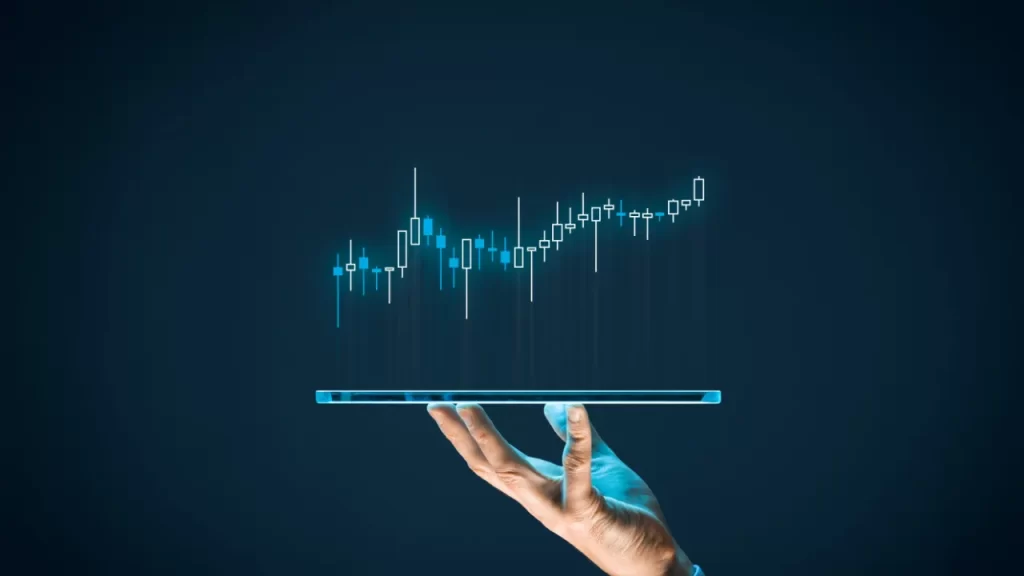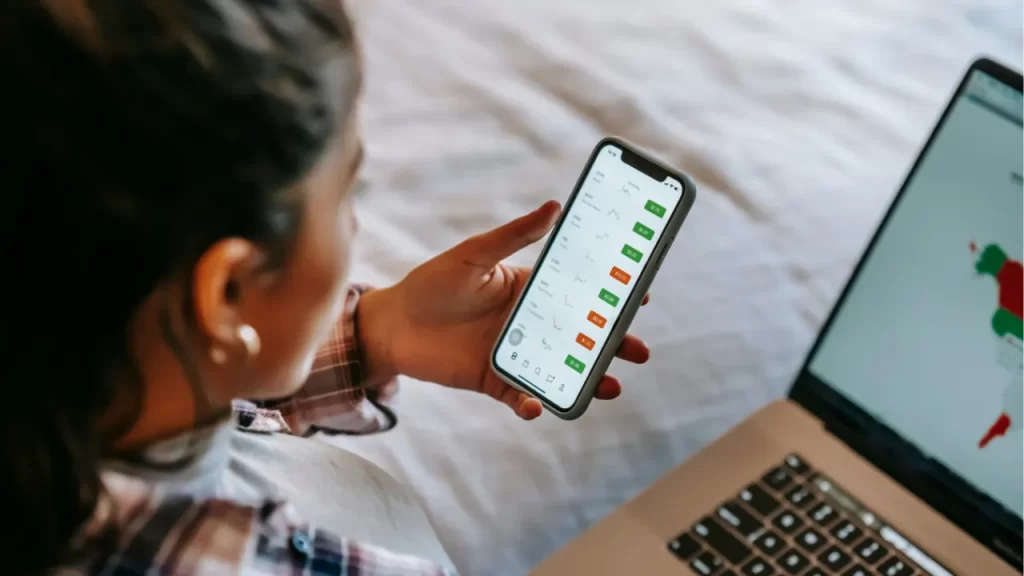CFD (Contract for Difference) trading allows traders to speculate on the price movements of various financial assets without owning them.
If you’re new to CFD trading, this guide will walk you through the step-by-step process of placing your first trade successfully.

Understanding the Basics of CFD Trading
Before placing your first CFD trade, it’s essential to understand some key concepts:
- Leverage – CFD trading allows you to control a larger position with a smaller deposit (margin).
- Going Long vs. Going Short – You can profit whether the market goes up (buy/long) or down (sell/short).
- Spreads & Commissions – The difference between the bid (sell) and ask (buy) price is the broker’s fee.
- Risk Management – Stop-loss and take-profit orders help protect your capital.
Now, let’s go step by step to execute your first trade.

Step-by-Step Guide to Placing Your First CFD Trade
Step 1: Choose a Reliable CFD Broker
To start trading, you need to open an account with a regulated broker. Here’s how to choose one:
✔ Ensure the broker is regulated (e.g., FSCA in South Africa).
✔ Check available markets (Forex, stocks, commodities, indices, etc.).
✔ Look for competitive fees, spreads, and leverage options.
✔ Choose a platform with a user-friendly interface (MetaTrader, cTrader, or proprietary web-based platforms).
Once you’ve selected a broker, complete the registration and verification process (KYC).
Step 2: Fund Your Trading Account
To place a CFD trade, you need to deposit funds. Brokers usually offer:
- Credit/Debit Cards – Instant deposits
- Bank Transfers – May take 1-3 days
- E-Wallets (Skrill, Neteller, PayPal, etc.) – Fast transactions
- Cryptocurrency (BTC, ETH, etc.) – Varies depending on the blockchain
Ensure you meet the broker’s minimum deposit requirement and choose a method with low fees.
Step 3: Select an Asset to Trade
CFDs allow you to trade multiple asset classes, such as:
📊 Forex – EUR/USD, GBP/USD, USD/ZAR, etc.
📈 Stocks – Tesla, Apple, Amazon, etc.
💰 Commodities – Gold, Oil, Silver, etc.
📉 Indices – S&P 500, NASDAQ, JSE Top 40, etc.
₿ Cryptocurrencies – Bitcoin, Ethereum, Ripple, etc.
For beginners, it’s best to start with a highly liquid market like major Forex pairs or large-cap stocks.
Step 4: Analyze the Market Before Trading
Before opening a trade, analyze market conditions using:
- Identify support and resistance levels.
- Use indicators like Moving Averages, RSI, MACD.
- Study candlestick patterns.
- Check news and economic events that affect the asset.
- Use an economic calendar to track key announcements.
By combining both methods, you can make informed trading decisions.
Step 5: Decide on a Trade Direction
CFD trading allows you to trade both rising and falling markets:
- Buying (Going Long) – If you believe the price will go up, you enter a buy position.
- Selling (Going Short) – If you believe the price will go down, you enter a sell position.
Example: If you expect gold prices to increase, you buy CFDs on gold. If you think gold prices will drop, you sell CFDs on gold.
Step 6: Enter Trade Size (Lot Size)
CFD trading uses lot sizes to determine the value of your trade.
1 Standard Lot = 100,000 units (Forex), but brokers offer smaller sizes like:
- Mini Lot (0.1 lot) = 10,000 units
- Micro Lot (0.01 lot) = 1,000 units
Choose a lot size based on your account balance and risk tolerance.
Step 7: Set Stop-Loss and Take-Profit Levels
To manage risk, always set:
- Stop-Loss (SL): Automatically closes your trade if the price moves against you.
- Take-Profit (TP): Locks in profit when the price reaches your target.
Example:
- If you buy EUR/USD at 1.1000, you can set:
- SL at 1.0950 (50 pips below entry)
- TP at 1.1100 (100 pips above entry)
This ensures risk is managed even if the market moves unexpectedly.
Step 8: Execute Your Trade
Now, it’s time to open your trade:
- Go to your broker’s trading platform.
- Select your asset (e.g., EUR/USD, Tesla stock, Gold).
- Click “Buy” (if going long) or “Sell” (if going short).
- Enter lot size and set SL/TP.
- Confirm and place your trade.
Your position is now open, and you can monitor it in real-time.
Step 9: Monitor Your Trade and Make Adjustments
Once your trade is live, keep an eye on it using:
- Price Charts – Track movements using candlestick patterns and indicators.
- Trailing Stop-Loss – Adjust your stop-loss as the trade moves in your favor.
- Market News – Stay updated on economic events affecting your trade.
If the market goes against your position, stick to your risk management plan and avoid emotional trading.
Step 10: Close Your Trade and Secure Profits
To close a trade:
- Go to your open trades in the trading platform.
- Click “Close” on the active position.
- Confirm the action, and your profit/loss will be updated in your balance.
Alternatively, if your Take-Profit (TP) or Stop-Loss (SL) is hit, the trade will automatically close.






